Massimo MSU 700-4 User manual
Other Massimo Utility Vehicle manuals
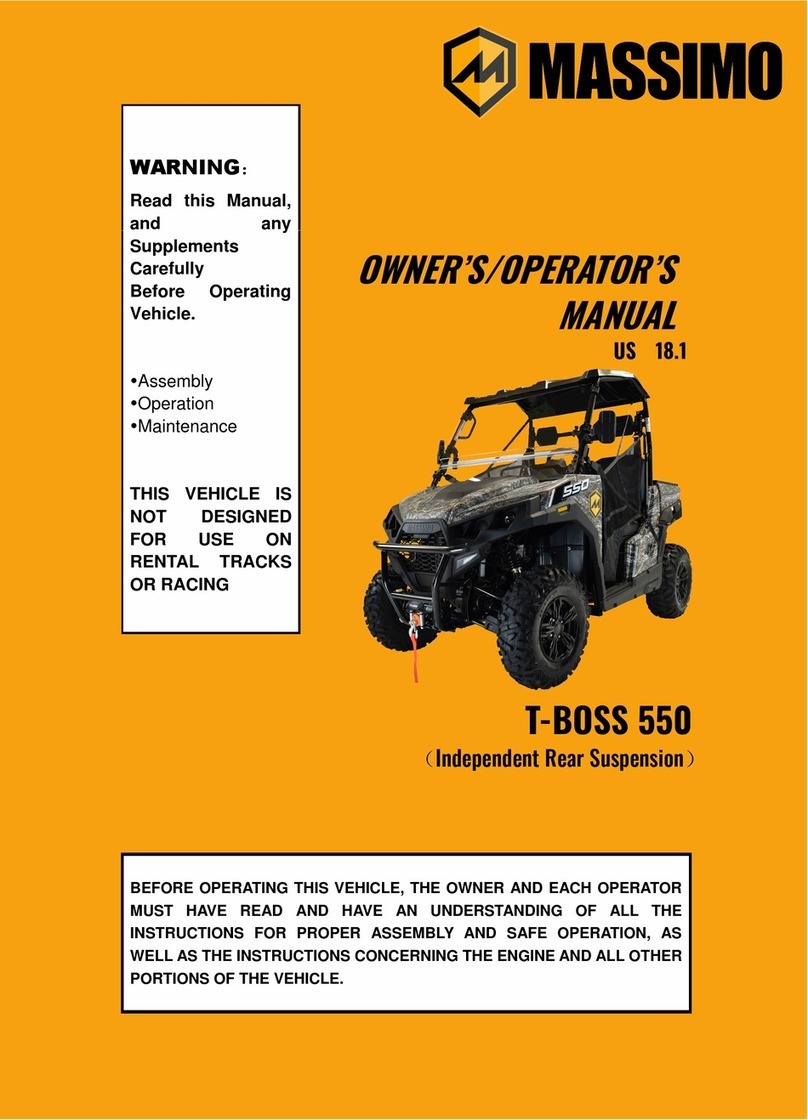
Massimo
Massimo T-BOSS 550 Owner's manual
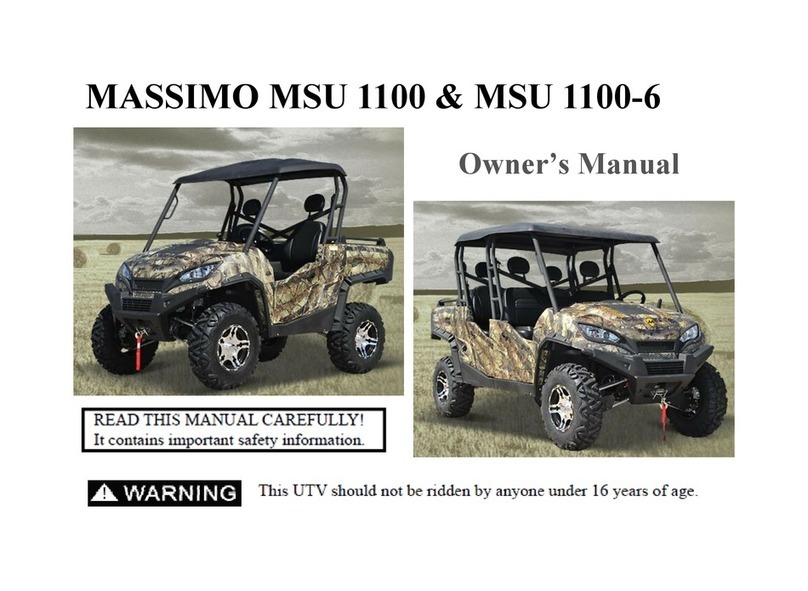
Massimo
Massimo MSU 1100 User manual
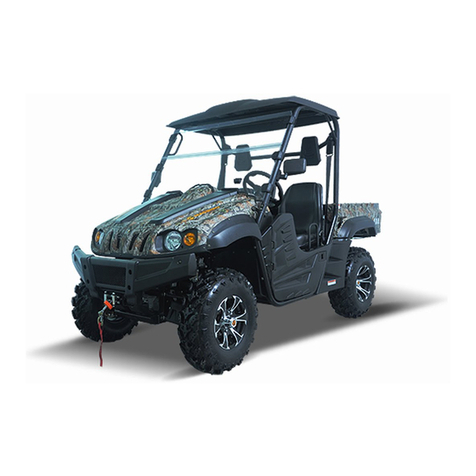
Massimo
Massimo MSU 700 User manual
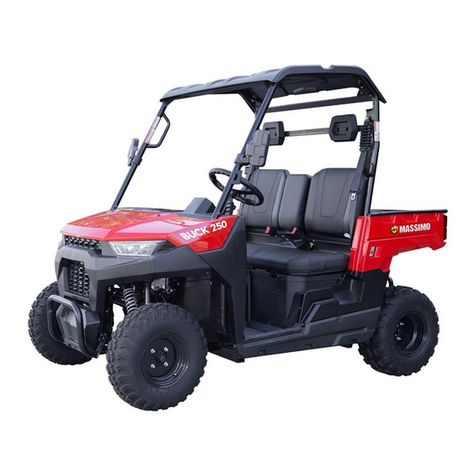
Massimo
Massimo BUCK 250 Owner's manual

Massimo
Massimo T-BOSS 410 Owner's manual

Massimo
Massimo 500UTV User manual

Massimo
Massimo E-Spider 72 V Trike User manual

Massimo
Massimo MSU 400 User manual
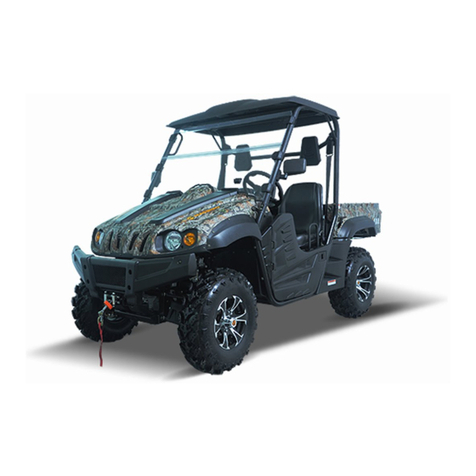
Massimo
Massimo ALLIGATOR 500 User manual
Popular Utility Vehicle manuals by other brands

Cushman
Cushman Turf Truckster 84069 Parts & maintenance manual

Landoll
Landoll 900D Series Operator's manual

Westward
Westward Go-4 XTR Operator's manual

Club Car
Club Car Carryall I 1999 owner's manual

Etnyre
Etnyre Street Flusher operation, maintenance, parts and safety manual

Landoll
Landoll 340 Operator's manual





















